
Keywords: centromeric drive
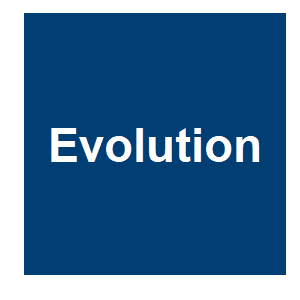
|
Centromere-associated meiotic drive and female fitness variation in MimulusFishman, LK, J. K., Evolution, 69:1208-1218. 2015.
Female meiotic drive, in which chromosomal variants preferentially segregate to the egg pole during asymmetric female meiosis, is a theoretically pervasive but still mysterious form of selfish evolution. Like other selfish genetic elements, driving chromosomes may be maintained ... Keywords: centromeric drive, gene drive evolution, gene drive genetics, gene drive natural, meiotic drive, plants |
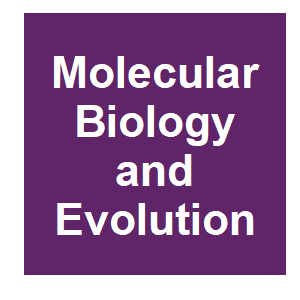
|
Duplication and adaptive evolution of a key centromeric protein in Mimulus, a genus with female meiotic driveFinseth, FRD, Y. Z.; Saunders, A.; Fishman, L., Molecular Biology and Evolution, 32:2694-2706. 2015.
The fundamental asymmetry of female meiosis creates an arena for genetic elements to compete for inclusion in the egg, promoting the selfish evolution of centromere variants that maximize their transmission to the future egg. Such "female meiotic drive" has been hypothesized to ... Keywords: centromeric drive, gene drive evolution, gene drive genetics, gene drive natural, meiotic drive, plants |

|
Centromere strength provides the cell biological basis for meiotic drive and karyotype evolution in miceChmatal, L., S. I. Gabriel, G. P. Mitsainas, J. Martinez-Vargas, J. Ventura, J. B. Searle, R. M. Schultz and M. A. Lampson, Current Biology, 24:2295-2300. 2014.
Mammalian karyotypes (number and structure of chromosomes) can vary dramatically over short evolutionary time frames [1-3]. There are examples of massive karyotype conversion, from mostly telocentric (centromere terminal) to mostly metacentric (centromere internal), in 102-10 s ... Keywords: centromeric drive, gene drive evolution, gene drive genetics, gene drive natural, meiotic drive, plants |
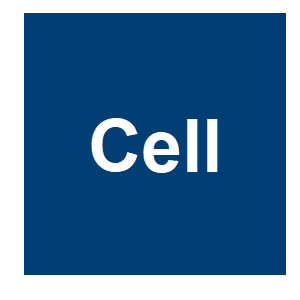
|
Major evolutionary transitions in centromere complexityMalik, HSH, S., Cell, 138:1067-1082. 2009.
Centromeres are chromosomal elements that are both necessary and sufficient for chromosome segregation. However, the puzzlingly broad range in centromere complexity, from simple "point" centromeres to multi-megabase arrays of DNA satellites, has defied explanation. We posit that ... Keywords: centromeric drive, gene drive evolution, gene drive genetics, gene drive natural, meiotic drive, plants |
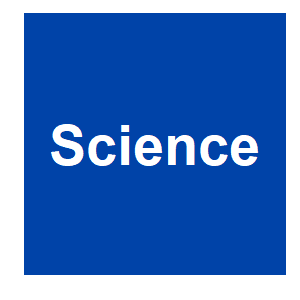
|
Centromere-associated female meiotic drive entails male fitness costs in MonkeyflowersFishman, LS, A., Science, 322:1559-1562. 2008.
Female meiotic drive, in which paired chromosomes compete for access to the egg, is a potentially powerful but rarely documented evolutionary force. In interspecific monkeyflower ( Mimulus) hybrids, a driving M. guttatus allele ( D) exhibits a 98: 2 transmission advantage via ... Keywords: centromeric drive, gene drive evolution, gene drive genetics, gene drive natural, meiotic drive, plants |

|
Rapid evolution of yeast centromeres in the absence of driveBensasson, DZ, M.; Burt, A.; Koufopanou, V., Genetics, 178:2161-2167. 2008.
To find the most rapidly evolving regions in the yeast genome we compared most of chromosome III from three closely related lineages of the wild yeast Saccharomyces paradoxits. Unexpectedly, the centromere appears to be the fastest-evolving part of the chromosome, evolving even ... Keywords: centromeric drive, gene drive evolution, gene drive genetics, gene drive natural, meiotic drive, plants |

|
The maize Ab 10 meiotic drive system maps to supernumerary sequences in a large complex haplotypeMroczek, RJM, J. R.; Luce, A. C.; Hiatt, E. N.; Dawe, R. K., Genetics, 174:145-154. 2006.
The meiotic drive system on maize abnormal chromosome 10 (Ab10) is contained within a terminal domain of chromatin that extends the long arm of Ab10 to similar to 1.3 times the size of normal chromosome 10L. Ab10 type I (Ab10-I) does not recombine with normal chromosome 10 (N10) ... Keywords: centromeric drive, gene drive evolution, gene drive genetics, gene drive natural, meiotic drive, plants |
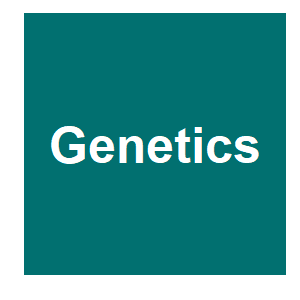
|
A novel meiotic drive locus almost completely distorts segregation in Mimulus (monkeyflower) hybridsFishman, LW, J. H., Genetics, 169:347-353. 2005.
We report the discovery, mapping, and characterization of a meiotic drive locus (D) exhibiting nearly 100% nonrandom transmission in hybrids between two species of yellow monkeyflowers, outcrossing Mimulus guttatus and selfing M. nasutus. Only 1% of F-2 hybrids were M. nasutus ... Keywords: centromeric drive, gene drive evolution, gene drive genetics, gene drive natural, meiotic drive, plants |

|
B chromosomes are more frequent in mammals with acrocentric karyotypes: support for the theory of centromeric drivePalestis, BGB, A.; Jones, R. N.; Trivers, R., Proceedings of the Royal Society B-Biological Sciences, 271:S22-S24. 2004.
The chromosomes of mammals tend to be either mostly acrocentric (having one long arm) or mostly bi-armed, with few species having intermediate karyotypes. The theory of centromeric drive suggests that this observation reflects a bias during female meiosis, favouring either more ... Keywords: centromeric drive, gene drive evolution, gene drive genetics, gene drive natural, meiotic drive, plants |
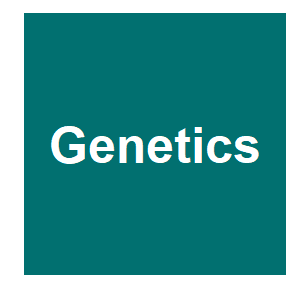
|
Four loci on abnormal chromosome 10 contribute to meiotic drive in maizeHiatt, END, R. K., Genetics, 164:699-709. 2003.
We provide a genetic analysis of the meiotic drive system on maize abnormal chromosome 10 (Ab10) that causes preferential segregation of specific chromosomal regions to the reproductive megaspore. The data indicate that at least four chromosomal regions contribute to meiotic ... Keywords: centromeric drive, gene drive evolution, gene drive genetics, gene drive natural, meiotic drive, plants |
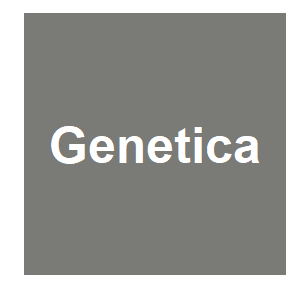
|
The meiotic drive system on maize abnormal chromosome 10 contains few essential genesHiatt, END, R. K., Genetica, 117:67-76. 2003.
In maize, a distal portion of abnormal chromosome 10 (Ab10) causes the meiotic drive of itself as well as many unlinked heterochromatic regions known as knobs. The Ab10 drive system, which encodes trans- as well as cis-acting components, occupies a large region of chromosome 10L ... Keywords: centromeric drive, gene drive evolution, gene drive genetics, gene drive natural, meiotic drive, plants |

Contact
David O’Brochta
Foundation for the
National Institutes of Health
geneconvenevi@fnih.org
RSS

